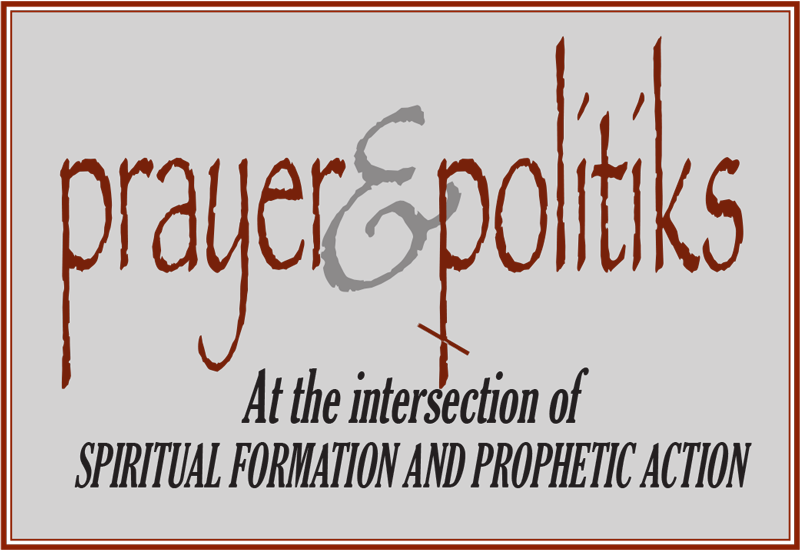Reviewed by Vern Ratzlaff
This book looks at sermons and the changing perspectives; the writer, Ray Bystrom, has taught homiletics (the theological name for sermons) at several colleges and shares both the descriptions of sermons past as well as the approach today, and as pastor had to practise what he preached!. He does so through an analysis of our culture and an examination of three major homileticians: Frederick Craddock, Eugene Lowry and George Buttrick.
In the treatment of each, he devotes a chapter that includes a theology of the person featured, a sample and an analysis of a sermon preached by the person, a description of the approach, and an evaluation of the method. Bystrom states that most North American preaching is ‘discursive’: built on argument and organized by points and propositions; the sermon is frequently little more than the three burdensome logical points with helpful illustrations designed to relieve the minds of those trying to follow the preacher’s logic (p 1). ‘Preachers need to move beyond ‘three points and a poem’ (p 3). In place of the discursive model, Bystrom encourages the inductive and the narrative approaches. Preoccupation with the sermon as argument meant that attention was focused on content and not on form, even though the focus of the early church’s sermons was narrative, not ‘discursive’. Once the church moved into the Hellenistic world, a reflective shape became the construct of preaching, a discursive structure (p 10).
Read more ›
